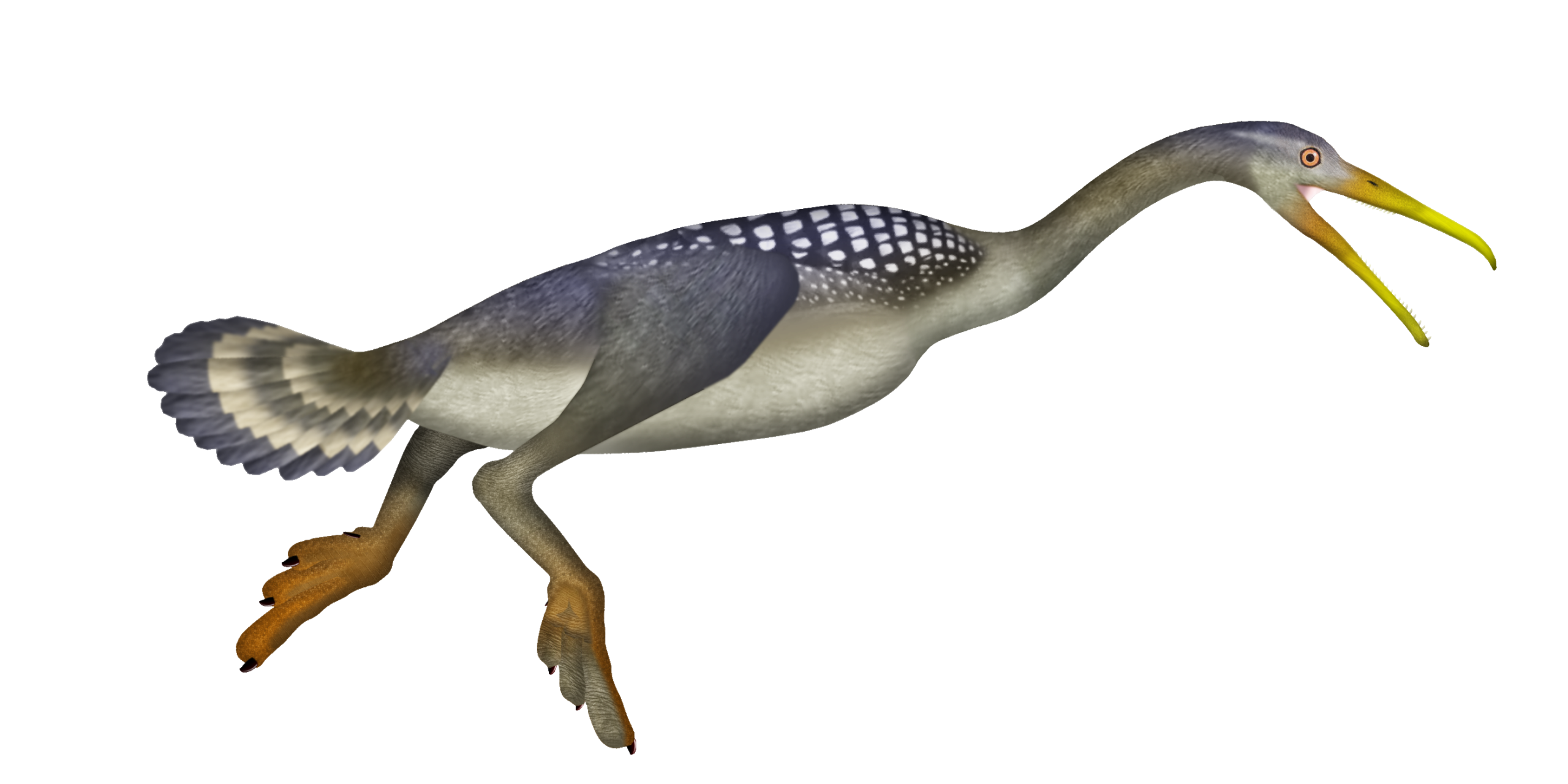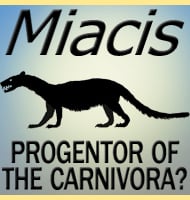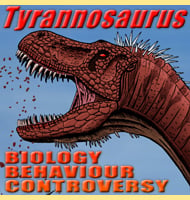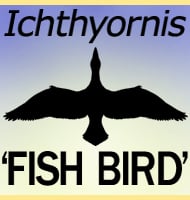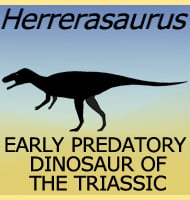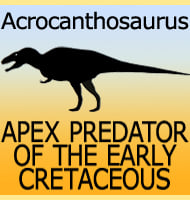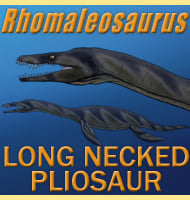Hesperornis: Fossil Map
Discover 65+ Fossil Record of Hesperornis with our interactive fossil map and timeline chart.
The fossil map pinpoints discovery sites worldwide, click each marker to see fossil ages and detailed references.
In Depth
Hesperornis was a remarkable bird of the Late Cretaceous seas, living about 83.6–72 million years ago. Unlike modern seabirds, it was completely flightless, its wings reduced to tiny stubs.
Instead, it was powerfully adapted for life in the water, with strong, paddle-like legs set far back on its body.
These features made it a superb diver, more similar to modern loons and grebes than gulls or albatrosses.
Growing up to 2 meters long, Hesperornis had sharp teeth set in grooves along its jaws—an unusual feature among birds.
These teeth, combined with its long neck and snapping bite, made it highly effective at catching fish and other marine prey.
Its streamlined body and strong legs meant it was fast and agile in the water, but awkward on land, likely only hauling out to rest or lay eggs.
Fossils of Hesperornis are most famously known from Kansas, which during the Cretaceous was submerged under the Western Interior Seaway.
Their discovery was key in the 19th century debates about bird evolution, as they provided direct evidence of toothed birds linking modern species to their dinosaur ancestors.
Though it disappeared by the end of the Cretaceous, Hesperornis shows how diverse bird life already was during the age of dinosaurs.
Its specialized adaptations illustrate that birds were not only surviving alongside non-avian dinosaurs but thriving in many environments—including the open ocean.
Further Reading
-Hesperornithiform birds from the Late Cretaceous (Campanian) of Arkansas, USA. – Transactions of the Kansas Academy of Science 118 (3–4): 219–229. – Alyssa Bell; Kelly J. Irwin; Leo Carson Davis (2015).
